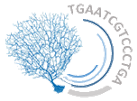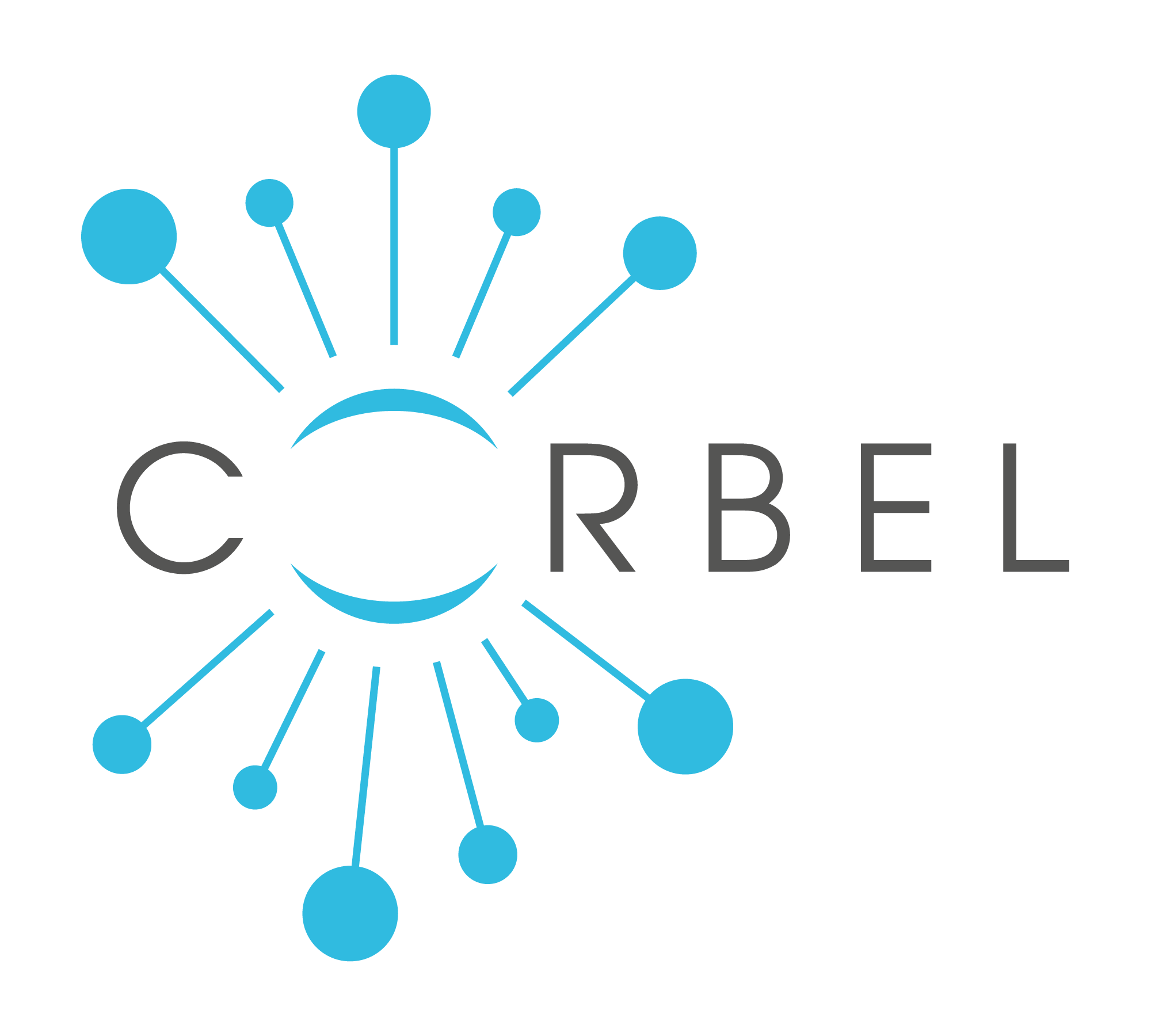|
|
Overview
| Full Name | Paracentrotus lividus |
|---|
| Genus | Paracentrotus |
|---|
| Species | lividus |
|---|
| Common Name | Sea urchin |
|---|
| Abbreviation | P. lividus |
|---|
Interest Paracentrotus lividus is a species of sea urchin. As such it is deuterostome, meaning that it belongs to the superphylum of animals that further includes the vertebrates and thus us humans. Sea urchins are historically important in science (McClay, 2011). They provide a very easy access to embryology and for this reason, but also many others, sea urchins, and P. lividus in particular, have been an important model organism for more than a century now especially in molecular, evolutionary and cell biology, pharmacology and ecology (e.g. Hörstadius, 1939; Saudemont et al., 2010). Location Mediterranean Sea and East Atlantic. Attractive features - A large number of gametes, more than 107 eggs per female
- Inducible spawning
- External and synchronous fertilization and embryogenesis
- Transparent eggs and embryos enabling observation of cell and tissue behavior during cleavage stages and tissue internalization as well as regionalization
- Robust eggs and embryos allowing microinjection and micromanipulation
- Amenability to conduct pharmacological treatments, single gene functional analyzes as well as a large scale genomics, transcriptomics and proteomics surveys
- Accessibility to numerous genetic markers for selective cell fates, tissues, and organs
- Presence of a sub-equatorial pigmented band in the eggs and early developing embryos, making possible their orientation in regards to the primary animal-vegetal embryonic axis
Contributions Paracentrotus lividus eggs and embryos have been used as a model system since the 19th century, and they have contributed to many important discoveries in biology. These discoveries include the role of gametes pronuclei and their fusion at fertilization, the prerequisite for the complete chromosome set to be present in each blastomere to allow their proper development and the involvement of morphogen gradients to appropriately array germ layers and cell fates along the embryonic axes. More recently, P. lividus has further been established, along with other sea urchin species, as a leading model for studying gene regulatory networks and it is recommended by the European Centre for the Validation of Alternative Methods (ECVAM) for safety testing and efficacy/potency testing of chemical compounds toxicity. Tools - Assembled genome sequence (1.2 GB) soon to become publicly available, along with ESTs, cDNA and BAC sequences as well as several transcriptome resources
- Functional analyses by pharmacological treatments, gene knockdown or overexpression
- Imaging of live and fixed specimens
- Promoter analyses
- Blastomere removal or swap
- Genome editing using a CRISPR/Cas9 system, which has been proven to work in the sea urchin Strongylocentrotus purpuratus (Lin and Su, 2016) and the same approach is currently under development P. lividus
Drawbacks The life cycle of P. lividus is relatively long (about 9 months from fertilization to formation of gravid adults) to consider developing this animal as a "classical" genetic model system. People Project coordinators : Jenifer Croce and Maria-Ina Arnone
Genome project coordinator : Thierry Lepage
Ontology and expression pattern coordinator : Jenifer Croce
Contributors : The European Paracentrotus lividus genome project consortium Selected references - Hörstadius, S. (1939). The mechanics of sea urchin development: studies by operative methods. Biol. Rev. 14, 132–179.
- Saudemont, A., Haillot, E., Mekpoh, F., Bessodes, N., Quirin, M., Lapraz, F., Duboc, V., Rottinger, E., Range, R., Oisel, A., et al. (2010). Ancestral regulatory circuits governing ectoderm patterning downstream of Nodal and BMP2/4 revealed by gene regulatory network analysis in an echinoderm. PLoS Genet 6, e1001259.
Transcript Browser
The following browser provides a quick view for new visitors. Use the searching mechanism to find specific features.
| Name | Unique Name | Type |
|---|
| SKE-T | AJ309216.1 | transcript |
|




